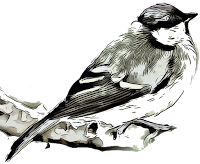The Value of True Friendship: Finding Those Worth Sacrificing For
In a world where friendships come and go, finding someone truly worthy of sacrifice can feel like searching for a needle in a haystack. While it's not difficult to offer a helping hand to a friend in need, the real challenge lies in finding a friend who deserves such sacrifice. True friendship goes beyond surface-level interactions; it's about mutual respect, support, and understanding. It's about being there for each other through the highs and lows, without expecting anything in return. True friendship is a rare and precious thing. It's not about the number of friends you have, but the quality of those friendships. A true friend is someone who stands by you through thick and thin, who supports you when you're down, and who celebrates your successes as if they were their own. However, not everyone in our lives qualifies for this level of commitment. It takes time and discernment to recognize those who genuinely value our presence and reciprocate our efforts. In a w...


.png)
.png)

.png)





Comments
Post a Comment